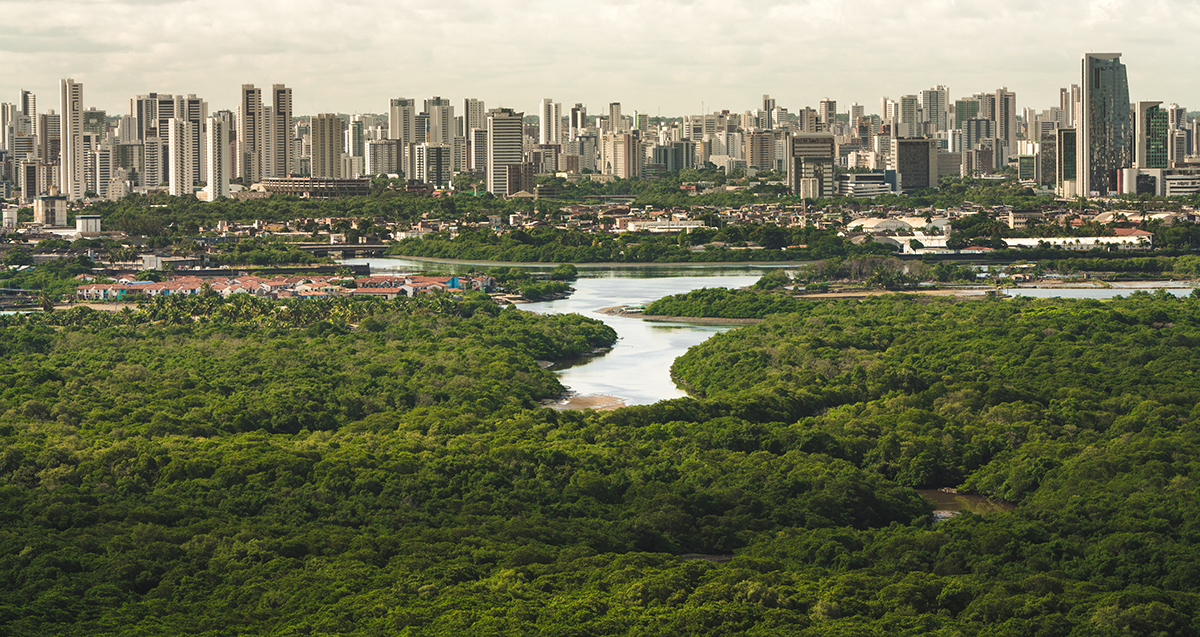Swath Of Natural Habitat Larger Than The UK Will Be Urbanized By 2030, Global Study Predicts
Critical knowledge gaps on habitat loss in lower-income countries were also revealed by the research study, co-authored by a Texas A&M geographer.
Jan 29, 2020

By the year 2030, more than 2 billion additional people are expected to live in cities around the globe. This pace of urban growth is equivalent to building a city the size of New York city every six weeks, according to researchers.
A research study recently published in Nature Sustainability and co-authored by a Texas A&M University professor has shown that urban expansion into undeveloped land will destroy 290,000 km2 of natural habitat from 2000 to 2030 — an area larger in size than the entire United Kingdom.
Dr. Burak Güneralp, assistant professor in the Department of Geography at Texas A&M, contributed to the research.
“Our planet is rapidly urbanizing,” Güneralp said. “Our societies, on the other hand, benefit in many ways from the planet’s biodiversity and ecosystems.”
“Therefore, we need to act quickly to understand the multitude of impacts this huge wave of urbanization is having on biodiversity and ecosystems so that we can develop appropriate policy responses to manage these impacts,” he said.
The study also uncovered a bias in what scientists study.
After analyzing published papers about urban impacts on biodiversity, the authors discovered that there is a large discrepancy between where most of the studies focus and where the most severe impacts on biodiversity are taking place. Their analysis revealed that the body of research isn’t covering all of the right places: 72 percent of studies of direct urban impacts on biodiversity are in high-income countries, while urban-caused natural habitat loss is projected to be more severe in lower income countries.
The direct impacts of urban expansion on biodiversity will be most severe in the tropical moist forest biome where there are rapidly expanding urban areas, such as those along the Brazilian coast, in West Africa and Southeast Asia.
“Direct impacts of urbanization are any loss or fragmentation in natural habitats due to their conversion to urban land uses,” Güneralp said.
Indirect urban impacts on biodiversity, such as those due to food and energy consumption, are likely greater than direct impacts. For example, the amount of agricultural land required to feed the world’s cities is 36 times greater in size than the urban areas themselves.
The team’s analysis of biodiversity studies is important because it shows what scientists know — and don’t know — about how urban growth is affecting the diversity of life on Earth, the authors said.
And since the lack of data on urban impacts on biodiversity in middle- and low-income countries could lead policymakers to underestimate the importance of the issue, further research in those areas is needed.
Titled “Research gaps in knowledge of the impact of urban growth on biodiversity,” the study was led by Dr. Rob McDonald, lead scientist for global cities at The Nature Conservancy.
Co-authors included Güneralp, Dr. Andressa V. Mansur, Dr. Fernando Ascensão, M’lisa Colbert, Katie Crossman, Dr. Thomas Elmqvist, Dr. Andrew Gonzalez, Dr. Dagmar Haase, Dr. Maike Hamann, Oliver Hillel, Dr. Kangning Huang, Belinda Kahnt, Dr. David Maddox, Andrea Pacheco, Dr. Henrique M. Pereira, Dr. Karen C. Seto, Rohan Simkin, Dr. Brenna Walsh, Alexandra S. Werner and Dr. Carly Ziter.
The research was funded by the German Research Foundation (DFG).
By Leslie Lee ’09

